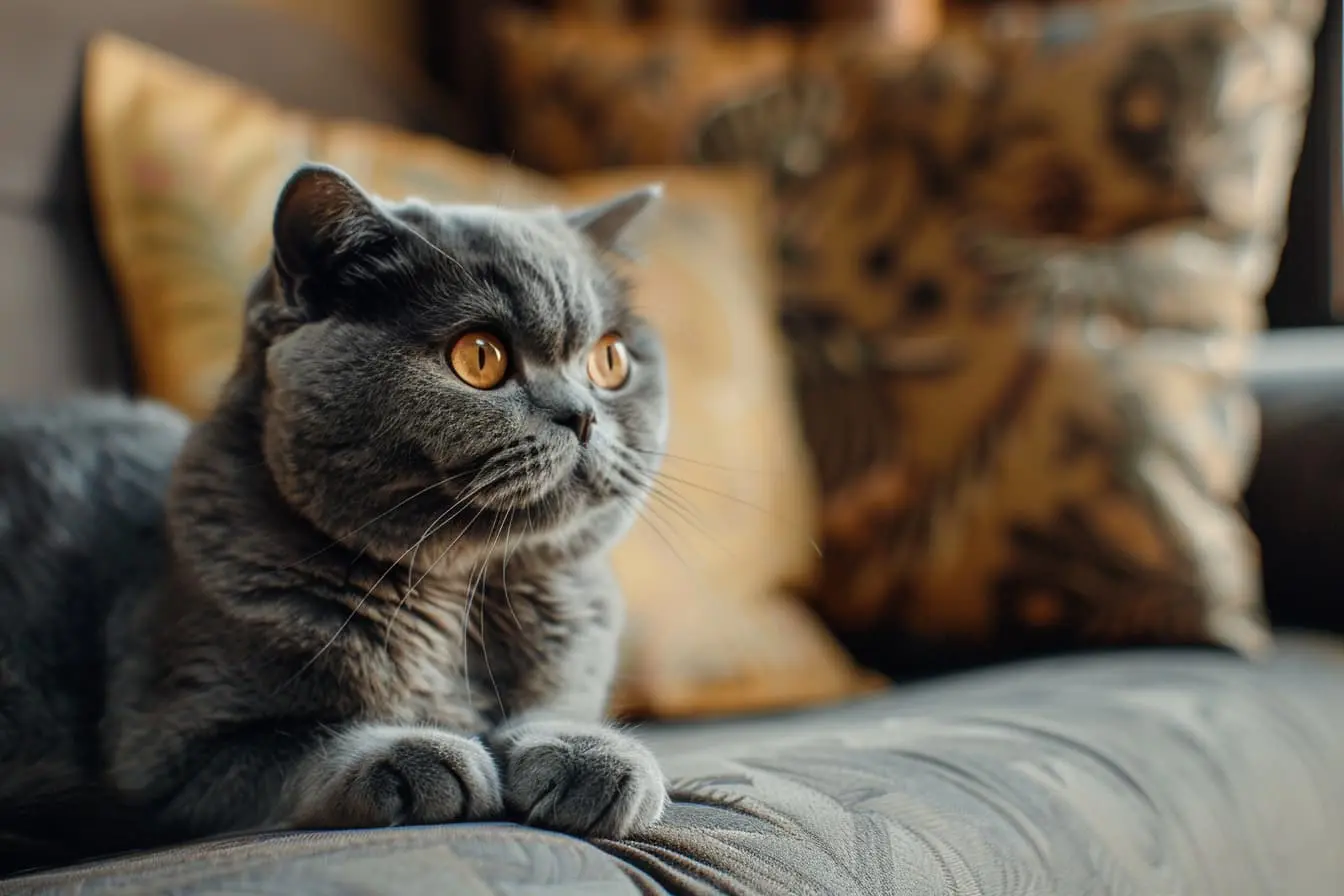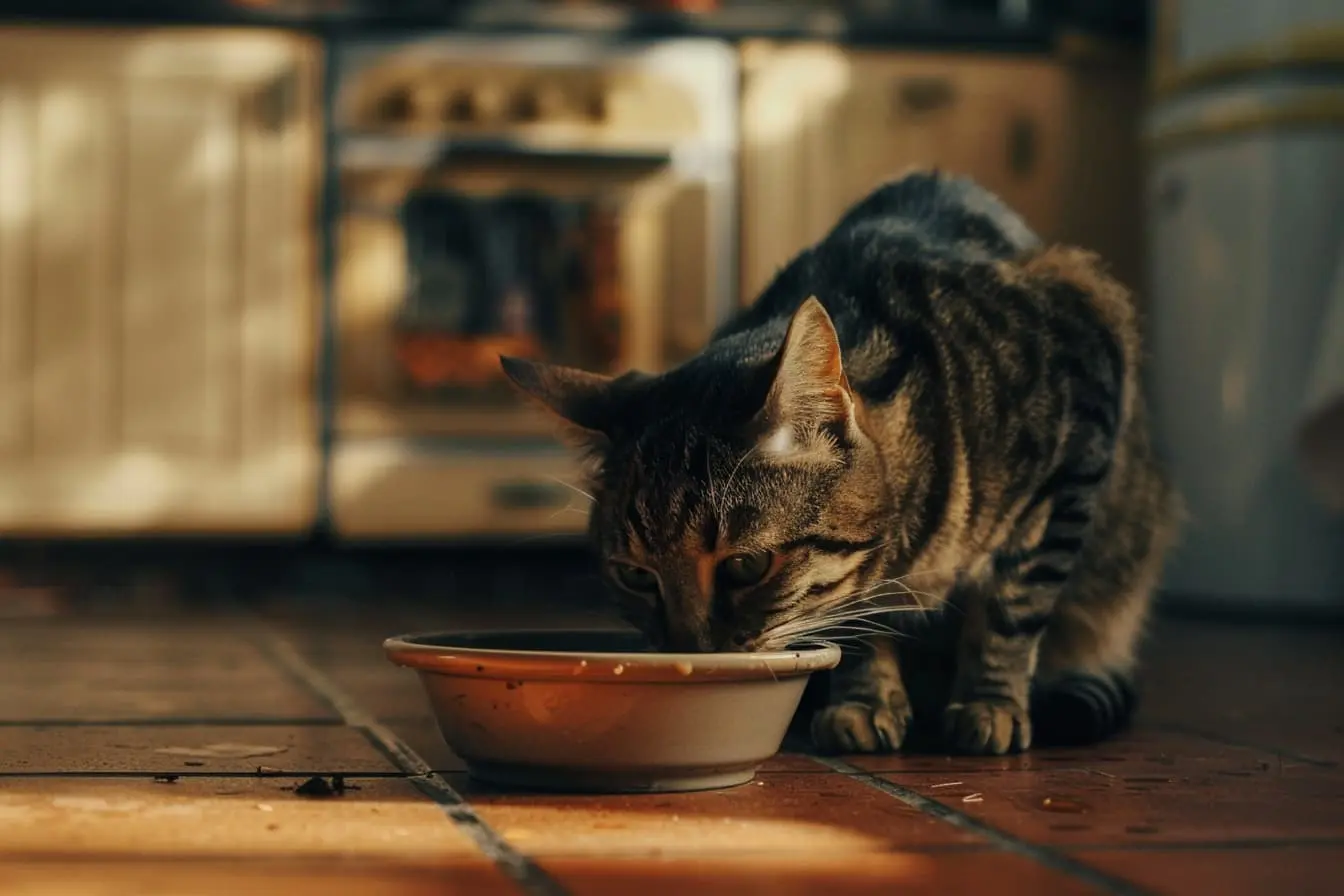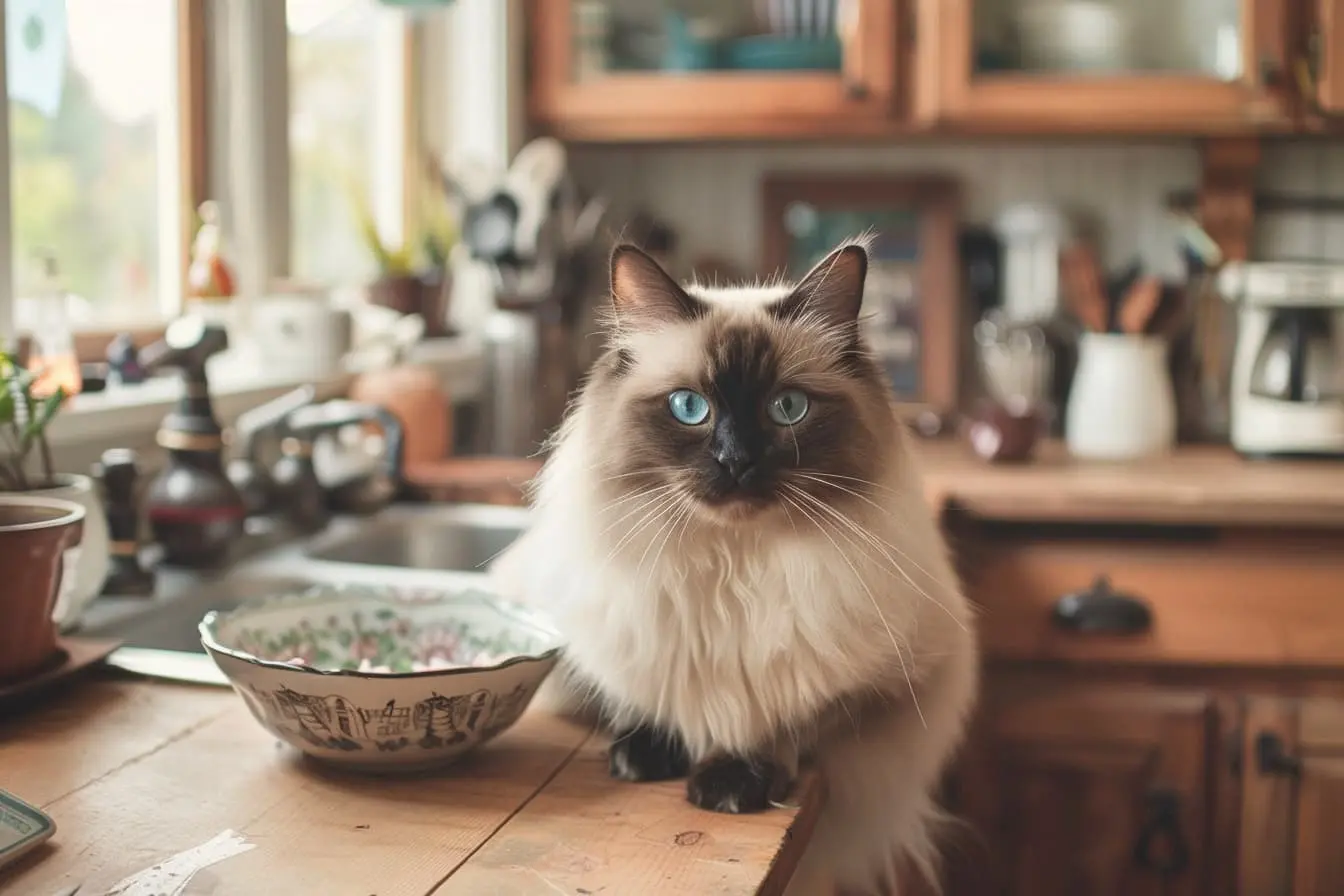
The Scottish Fold: A Comprehensive Guide for Prospective Owners
Embarking on the journey of cat ownership is a thrilling experience, offering not just a pet, but a companion, a source of joy, and a new family member. If you're considering a Scottish Fold as your feline friend, you're looking at a breed renowned for its unique appearance and gentle, loving temperament. Scottish Folds are easily recognisable by their distinctive folded ears, which give them an owl-like appearance. Before you decide to bring a Scottish Fold into your life, it's essential to understand what makes them unique, including their care needs, health considerations, and whether their personality fits your lifestyle. This guide aims to provide a detailed overview to help you make an informed decision.
Breed History and Characteristics
The Scottish Fold breed originated from a single cat named Susie, found on a farm in Scotland in 1961. Susie's folded ears were caused by a natural genetic mutation, and through selective breeding, the Scottish Fold breed was developed. These cats are medium-sized with a rounded body, face, and eyes, enhancing their cuddly, teddy bear-like appearance. The fold in their ears can vary from a single fold, giving a slight bend, to a double or even triple fold, resulting in ears that lie almost flat against the head.
Temperament
Scottish Folds are known for their calm, sweet, and companionable nature. They thrive on human interaction and are often described as being quite "dog-like" in their loyalty to their owners. They enjoy following their people from room to room and will frequently greet you at the door. Despite their serene demeanour, they are playful and curious, enjoying interactive toys and puzzles. Scottish Folds are generally good with children and other pets, making them an excellent addition to most families.
Health and Lifespan
The unique gene that causes the Scottish Fold's ear fold can also lead to cartilage issues, making them susceptible to a condition known as osteochondrodysplasia, which can affect their cartilage and bone development. This condition can lead to arthritis and other joint issues, making regular veterinary check-ups crucial to monitor their health. Other health considerations include heart disease, kidney disease, and obesity. With proper care, Scottish Folds have a lifespan of around 12 to 15 years.
Care and Grooming
Scottish Folds come in both long-haired and short-haired varieties. The short-haired variety requires minimal grooming, benefiting from a weekly brushing to remove loose fur and distribute skin oils. The long-haired variety will need more frequent grooming to prevent matting. As with all cats, regular dental hygiene, nail trimming, and ear checks are important for maintaining health.
Living Environment
Scottish Folds are quite adaptable and can thrive in various living environments, from spacious houses to cosy apartments. They do well indoors and should not be allowed to roam outside unsupervised due to their friendly nature and potential health issues. Providing a stimulating environment with plenty of toys, scratching posts, and places to climb is important for their physical and mental well-being.
Training and Socialisation
Scottish Folds are intelligent and can be trained in basic commands, litter box use, and even walking on a lead with patience and positive reinforcement. Early socialisation is beneficial, especially in households with other pets or children, to develop a well-adjusted and confident cat.
Considerations for Prospective Owners
- Healthcare Needs: Prospective owners must be prepared for the potential health issues associated with the breed and the importance of regular veterinary care.
- Indoor Lifestyle: Scottish Folds should live indoors to protect them from external threats and to manage their health more effectively.
- Activity Level: While not overly active, Scottish Folds do enjoy play and require mental stimulation to prevent boredom.
Conclusion
The Scottish Fold can be a delightful, affectionate companion, bringing much joy and comfort to their owners. Their unique appearance and loving nature have endeared them to many. However, potential owners must carefully consider the breed's health issues and care requirements. If you're prepared for the commitment and capable of providing a loving, attentive home, a Scottish Fold could be an excellent choice for your next feline friend.
Before making your final decision, it's advisable to visit breeders or shelters to interact with Scottish Folds firsthand. This experience can offer invaluable insights into their temperament and care needs, ensuring you make the best choice for both you and your future cat. Remember, adopting a pet is a significant commitment that should be made with careful thought and consideration for the wellbeing of the animal and your lifestyle.
Vets near you
Speciality vets
- Aquatics vet specialists
- Birds vet specialists
- Camelids vet specialists
- Cats vet specialists
- Cattle vet specialists
- Deer vet specialists
- Dogs vet specialists
- Equines vet specialists
- Exotic vet specialists
- Goats vet specialists
- Pigs vet specialists
- Poultry vet specialists
- Sheep vet specialists
- Small Mammals vet specialists
- Wild vet specialists



